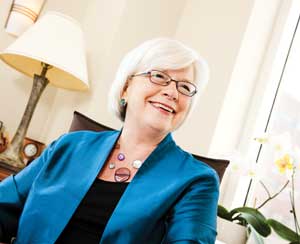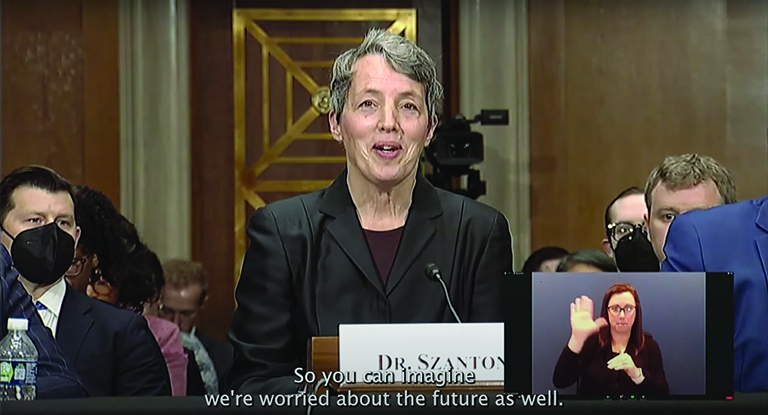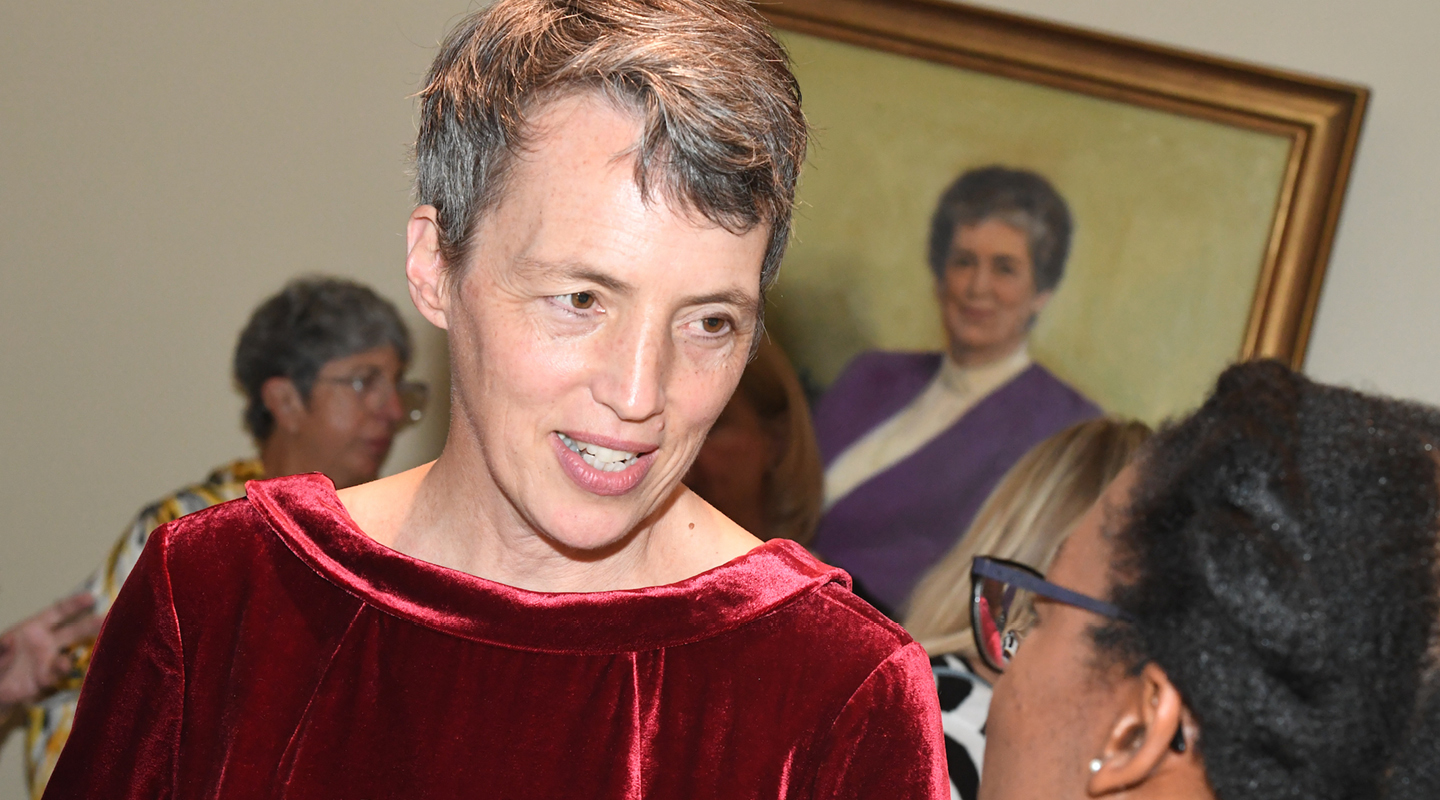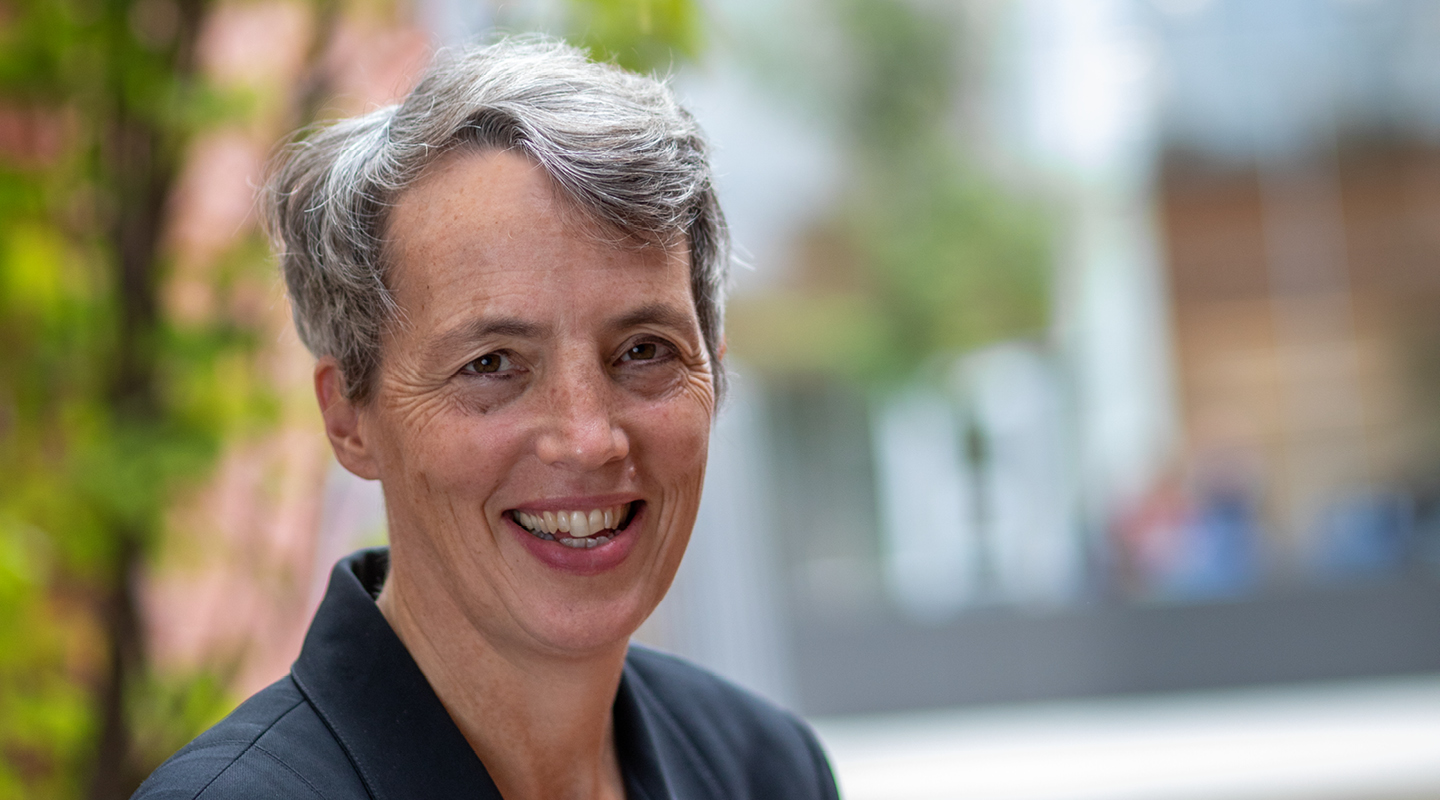 Nursing and engineering partner up
Nursing and engineering partner up
By Martha N. Hill, PhD, RN, Dean and Professor of Nursing, Medicine, and Public Health
As a nation, we have engaged in much hand-wringing and disagreement over the future of an out-of-control healthcare system. But for those of us working on the front lines to make certain every American has access to appropriate care, there is one point on which we can all agree: No discipline, no area of expertise, no profession will solve this crisis alone.
That’s why we are seeing some of the best ideas and most promising solutions coming from partnerships that years ago might have seemed out of character. Consider the fields of nursing and engineering. Today, the lines are blurring, and it is in this middle ground that we may solve some of our toughest challenges.
The burgeoning field of bio-medical engineering now includes nursing. Engineers and nurses work together not only to facilitate understanding of how to improve systems and equipment for safety, but also to design them. More and more, we hear of nurses and engineers addressing and even resolving problems of everyday living such as mobility and incapacity, and cognition and dementia.
Just recently Science Daily reported an effort by nursing and engineering professors in Rhode Island to improve healthy living among seniors and to reduce complications from sedentary living. (“Nursing, Engineering Professors Developing Device to Get Seniors Moving,” March 7, 2011.) According to the report, their work has resulted in an “Activity Analyzer” that sends messages recorded by family or healthcare providers to seniors to prompt activity and then monitor and track the resultant activity. The team is now considering other possible uses for the device, such as step-by-step instructions for meal preparation and reminders to take medications. These uses—and the subsequent monitoring of the activity—could increase independent living among aging or incapacitated people and provide support to their professional and nonprofessional caregivers.
This team effort is an example of what the best minds in engineering and nursing can bring to healthcare and to populations in need. It also illustrates the exciting and expanding opportunities within both fields for those who either work in nursing-engineering teams or acquire the skills of both nursing and engineering. As our healthcare becomes increasingly technological in nature, we will need one another; and as we initiate that interdisciplinary reliance, we will develop hybrids between our professions.
Whether we call these hybrids of the future bio-nursing engineers or bio-engineering nurses, their career opportunities will be limitless. They will research and develop systems of care, medical equipment, and technological procedures. They will bring the best practices of both professions to bear on evidence-based healthcare. And they will combine the nursing hallmark of patient-centered care with the principles of electrical, chemical, and mechanical engineering to improve health and the quality of life for populations across the lifespan and throughout the world.
I often ask prospective students, “Have you thought about nursing lately?” and explain how nursing opens doors to a fascinating and rewarding career. Now I’m asking engineers and prospective engineering students, “Have you thought about nursing and engineering?” Let’s continue to work together to expand the possibilities for nurses and engineers. Let’s continue to promote what we can achieve together. Because it is on this common ground that we will discover our most promising ideas.
 Remembering Carol Gray, First Dean of JHSON
Remembering Carol Gray, First Dean of JHSON From the Dean: Let’s Drive the Conversation on Health, Policy
From the Dean: Let’s Drive the Conversation on Health, Policy Class News Spring 2023
Class News Spring 2023 The Next New Path
The Next New Path SON Is in CAPABLE Hands
SON Is in CAPABLE Hands







